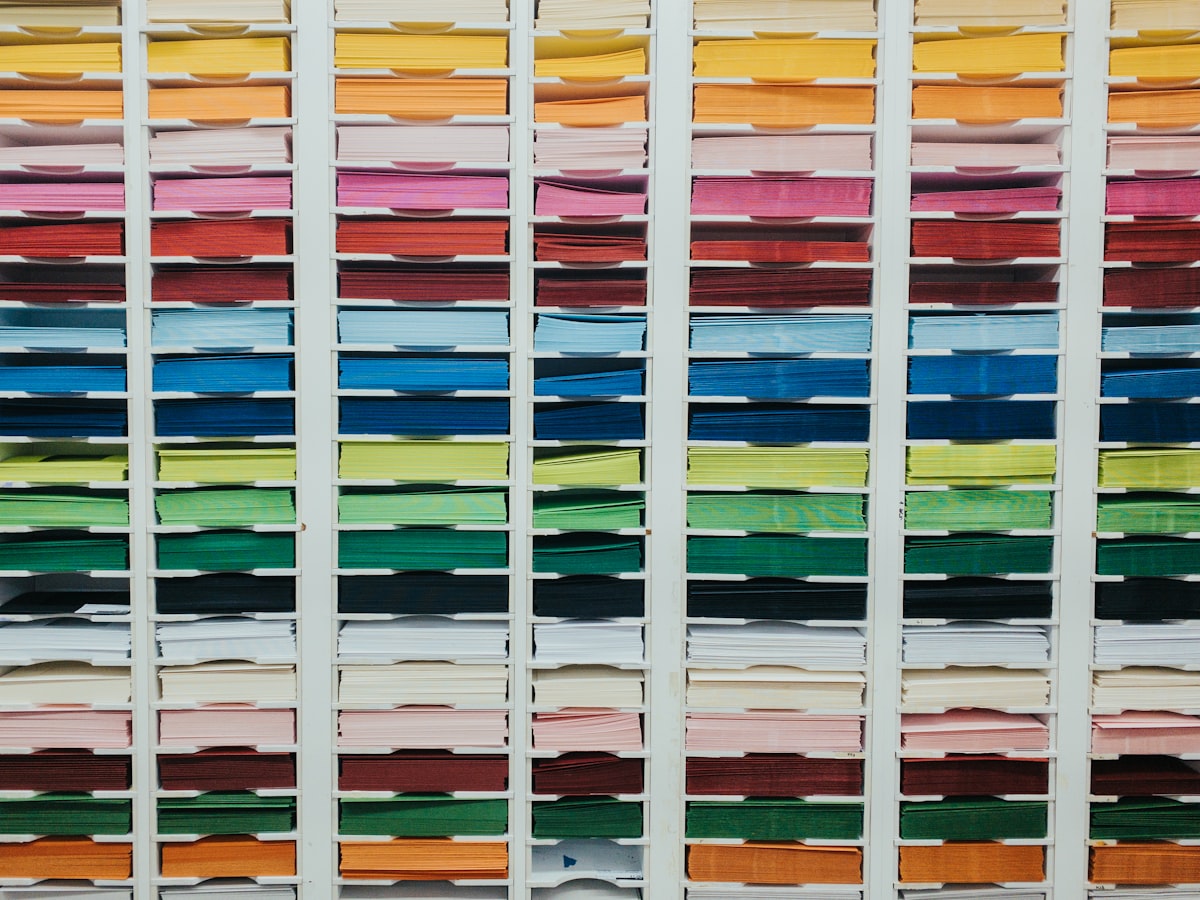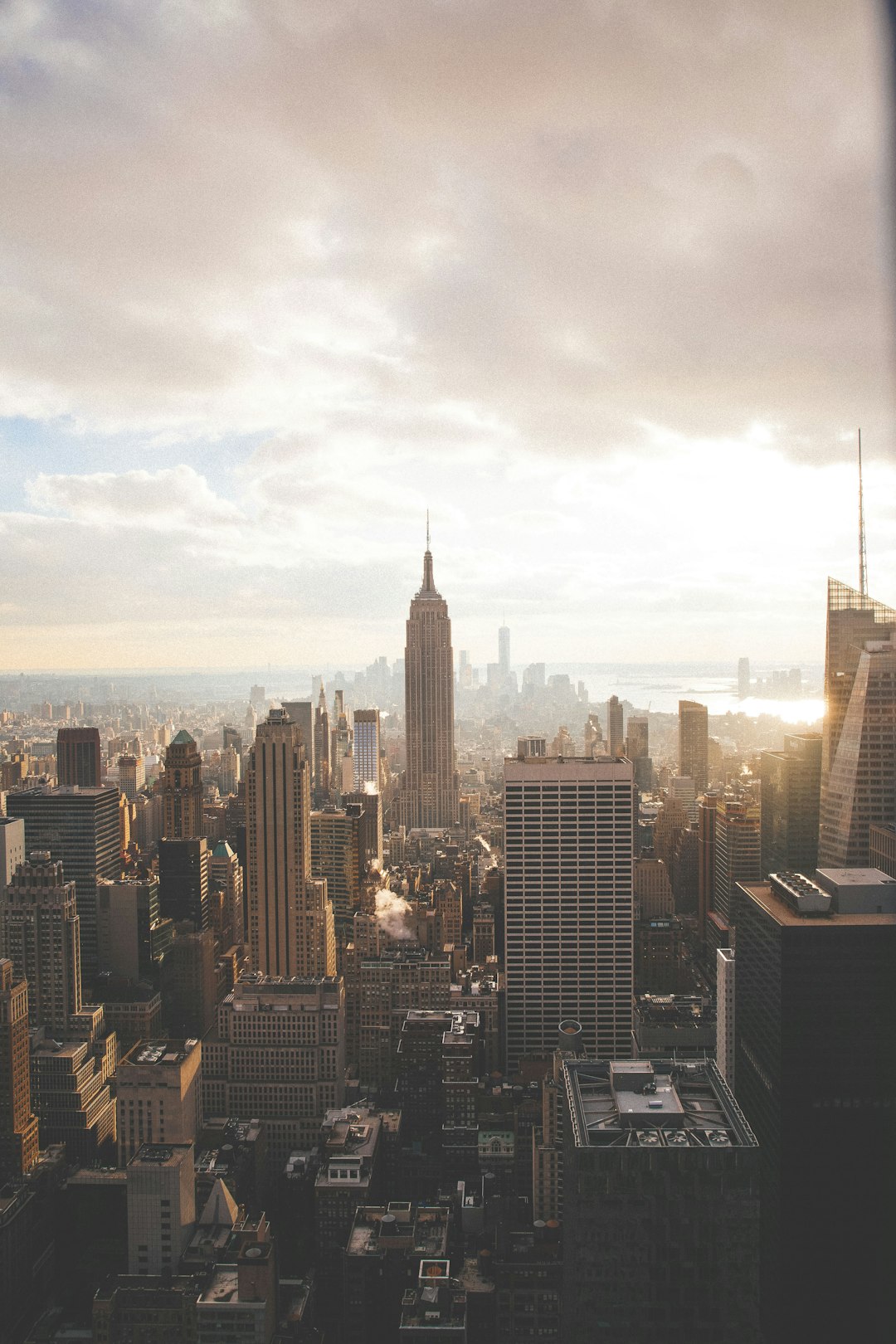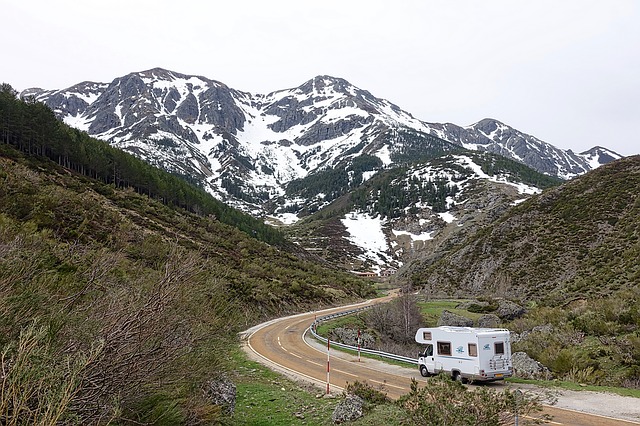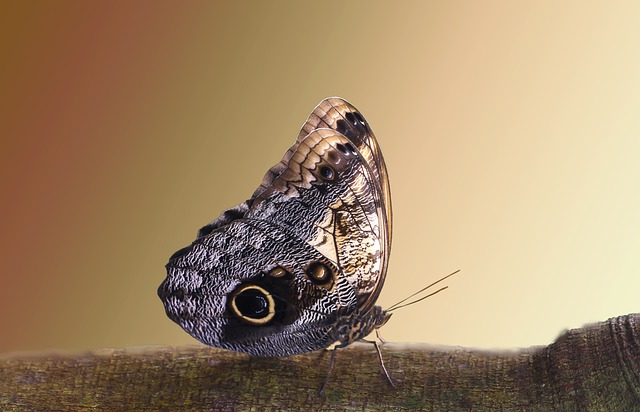
Photography is one of the best ways to showcase beauty in your life and in the world around you. And, if you develop the correct techniques for taking great photographs, it can also be an enjoyable way to earn a living. This guide contains good ideas on how to take beautiful photographs.
Get in close to get the most impressive shot. If you get closer to your subject you can frame it, and focus on it. This is especially important if you are photographing a subject for a portrait, as it makes it easier for you to focus your lens on facial expressions. Camera image sensors are only so good, so long-range shots sacrifice detail.
In order to take professional photographs, you need to have a professional camera. A dSLR camera is your best bet if you want your photographs to be superlative. This is what kind of camera most photographers have been using, if you want to take good photos this should be what you want to buy.
It can be very inspirational to see what other photographers have done. You will stimulate your creativity and reach out for new ways a moment can be captured by seeing some of the methods other photographers have used.
Look at other photographers’ work for inspiration. When you see the work of photographers you admire, you will be reminded of the limitless potential for your pictures.
Make sure you support the camera from below and on the sides, while keeping your arms tucked tightly into the sides of your body. Doing this minimizes the blurry shaking sometimes seen in photos. Cradling your hands underneath your camera and lens also prevents you from clumsily dropping it.
When you are making the decision of which of your photographs to display or show, make sure that you choose your best ones. Resist the urge to show people every photo, especially multiple shots of the same person or subject. People get bored seeing the same thing repeatedly. Aim to show a collection of distinctly different photographs that demonstrate a wide range of your photography skills.
Framing is very important when composing your shot. To remove things that aren’t relevant to your subject matter, zoom into its focal point. This can get rid of all the focal points you don’t want, and keep clutter out of your photographs.
Viewers usually look at the foreground more than anything, while photographers check the landscape and background. Compose the foreground so that it creates a striking frame to increase your depth of field.
When you are making the decision of which of your photographs to display or show, make sure that you choose your best ones. Don’t show everyone or all of the exact same subject. This will make looking at your pictures very boring to everyone else – no one likes to look at the same subject over and over. Aim to show a collection of distinctly different photographs that demonstrate a wide range of your photography skills.
Keep your camera handy when you are on a trip. Use it often. While the pictures might not seem particularly important to you at the time, they will stir up wonderful memories of your trip when you look through them later. You can also take photographs of everyday items from a variety of perspectives.
Often a photographer will be so concerned with a landscape background that he neglects the details in the foreground. However, this is the first place the viewer’s eye will land. Consider a natural frame in the foreground of the photo so that a perception of depth is achieved.
Take shots from a wide variety of angles to catch different perspectives. Try shooting the subject matter from above it, below it, to the right of it, to the left of it, etc.
Experiment with the white balance feature. When you take interior shots, the light bulbs can cause a yellowish hue. Instead of trying to play with the light in your space, adjust the feature called white balance instead. This will improve the quality of your pictures, giving them a more natural appearance.
Find the subject that you want to photograph. Even the best equipment won’t produce an amazing picture if the subject is difficult to work with. When searching for the best subject for your photography, choose one that actually inspires you.
Capture the smaller things when traveling with your camera. Although they may not seem to matter much at the time, they can help you vividly remember your journey when you think back about it. Shoot pictures of small objects like tickets and coins and also larger things like street signs and strange objects in markets.
The ISO, aperture and shutter speed are an important part of photos so make sure you know the combination that works best for you. Those three things affect your picture’s exposure. Unless you are trying to achieve a certain off-kilter look, an over- or underexposed picture is considered undesirable. See what kind of combinations you can come up with by switching up these three features.
Most digital cameras have built-in flash components that automatically pop up when the light is dim. While convenient for snapshots, a more professional solution is to use an external flash to take advantage of more lighting options. Ensure that there is a “hot shoe”, or port that allows external flash, on top of the camera. Most devices available can sync perfectly with compatible cameras.
Learn how to compose your photos properly to improve their quality. Whether you want to be a professional photographer or just want to take photos for fun, your photographs can benefit from learning composition principles. As with many other forms of art, a lack of composition will result in an inferior piece of work. There are many different methods of composition that you can practice to improve your photography.
When you finally find that perfect moment to snap a shot, make sure not to move at all when you press the shutter. Even hold your breath, if you have to. Even the slightest movement can mess up a shot. If you have to, give yourself a few seconds to get in a comfortable spot and stand still.
When composing a shot, keep in mind the artistic axiom “less is more.” You don’t need to overdo your photo elements. When you keep your backdrop and props simple, your subject has an opportunity to shine.
Typically, our mind like to see things ordered in a very even and centered way. We value perfection, so if you’re trying to create great photos, frame your subject so that it is slightly off-center. Auto-focus features center in, and lock on the subject automatically that is in the camera’s view. Focus manually, and lock focus just before shooting the picture.
One way to exercise your creative muscles is to put limits on how you take pictures. As an example, you may decide to take pictures for the day that represent the concept of “sour.” Shoot around 100 different pictures in the same room, or from one certain point. By restricting yourself this way, you can force more creativity from a limited source.
When shooting pictures of a landscape, ensure any shot you take has three focal points. They are a foreground, a mid ground, and a background. Most art uses these three factors when producing any quality work. Photography is no different.
When you’re scheduled to photograph more than one person in a shot, give them advice beforehand that will help them choose clothing for the best staging. Matching colors are not necessary, but complementary shades will greatly enhance the overall results. You can recommend warm colors or shades that are neutral, since these blend in well with natural settings. If the subjects will be wearing bright colors, offsetting them with black clothing pieces helps avoid a group of clashing colors in the picture.
If you want to take better pictures, start by reading the instruction manual that came with your camera. Manuals are often bulky and thick. Often, they are thrown into a drawer or discarded and are never to be seen again. If the manual is going to get tossed or buried, it should at least be read first. The information contained within is extremely valuable and will simplify the process of taking great pictures.
Good photographs happen when your camera is kept in focus on your subject. If you need your photos to have good composure, keep your camera in focus at all times. The main thing to focus on starting out is centering your subject and being certain you are including the entire subject in the picture. Don’t worry too much about the background. Just leave it alone.
Think of your concept before shooting. To create the best shot possible, you need to plan out all aspects of your portrait. Like other art forms, careful planning and an attention to detail often translate to a great shot. This will inspire you to produce great results when you approach it this way.
Most of the time, when you’re thinking about photographing some item, you have to think about whether you’re going to show more of the shadows or the highlights of it. You can take 2 pictures of the same subject and expose one of each. Then you would need to use a software program such as Photoshop to blend them together.
One of the most engaging type of photos is the action photo, such as a sporting event. When taking these types of photos, however, it is important to have the camera on the right setting. The way to capture action is with a higher ISO setting. This setting will create clearer photos of fast moving subjects.
Practice Shots
To alter how your subject appears, change camera angles. For instance, you can make your subject look more powerful by shooting from below. In order to emphasize tiny stature, be sure to frame the photograph from a bird’s eye view. With a little trial and error, you will develop a sense of when such shooting angles can improve your photographic results.
As you encounter different backgrounds, scenery or subjects, take multiple practice shots. There are many small differences from one photo shoot to another. When you take lots of practice shots, you prepare yourself for any eventuality. The light in which you are shooting can vary frequently, and therefore you should take test shots as often as necessary.
Consider the purpose of your pictures before you take them. This will help you decide if you want a vertical or a horizontal shot for instance. You’ll be able to edit the shot when you’re done, but getting enough in the photo to play with will mean the difference between a usable photo and a failure.
While it is common, red eye can make a great picture less than worthy of being showcased. Red eye can be prevented by avoiding using flash when you can. If you cannot avoid using the flash, be sure that you request that the subject does not look into the camera lens. You can also check your manual to see if your camera has a feature to eliminate red eye.
One helpful photography tip is to take numerous photographs of your subject, so you can go through them and choose the best ones at a later time. While this may have been considered wasteful using traditional film, the rise of digital photography allows this technique to be used without limit, ensuring you don’t miss capturing the perfect image.
Use a stand if you feel unsure of your hand’s steadiness, most professional shots are taken from a stand. Even small movements can affect your images, particularly if the subjects are in motion or the photographs are being taken at a low shutter speed A tripod will help you keep your camera steady as you adjust the settings and take the picture. With a quality tripod, your shots turn out with a more professional look, and you are more likely to have every shot turn out just the way you intended.
You need to know if your photographs have been over or underexposed. You can avoid errors by studying how to interpret your camera’s histogram. This measures the exposure in every shot and it will enable you to know whether it is under or over exposed so that you’ll be able to prevent this from happening next time.
With a little practice, and the skills and ideas learned here, you’ll now be able to wow your family and friends with your keen eye for photography. Who knows, you could even improve to the point where you are good enough to be a professional photographer.
If you are planning to purchase a new camera before traveling, opt for one that does not require lithium batteries. Airports have banned these loose batteries from luggage as they can easily overheat and cause a fire. However, it is fine to carry on board when they are already contained inside of your camera.
The topic of Gopro Accessories,DuPont Fiber bed pillow
wholesale mattress protector twin xl
mattress and box spring encasements is one that can be more complex than it may initially seem. You know have a solid base of understanding about Gopro Accessories,DuPont Fiber bed pillow
wholesale mattress protector twin xl
DAHUA wireless Camera
Solar Battery Camera
mattress and box spring encasements upon which you can build. Don’t let your knowledge end there, though. Keep researching Gopro Accessories,DuPont Fiber bed pillow
wholesale mattress protector twin xl
DAHUA wireless Camera
Solar Battery Camera
mattress and box spring encasements.















